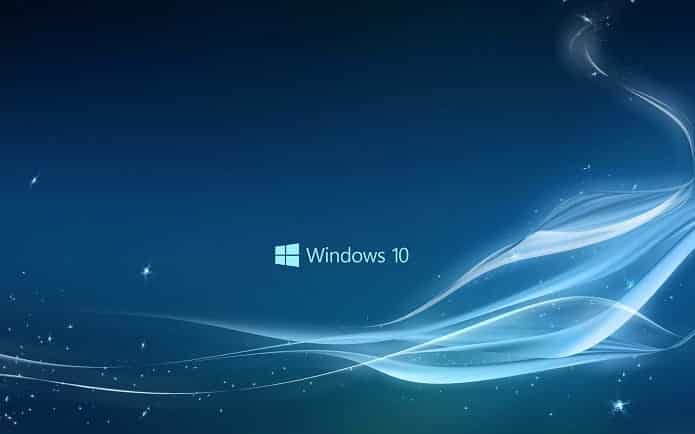Microsoft had issued its updated reports for older versions of Windows Embedded and Windows Server on Friday. The only catch is that Windows Server is powered on server firms’ systems that costs millions and millions of dollars, while Windows Embedded runs on ATMs and the arrival/departure boards at airports. In short, only a small percentage of consumers will actually be satisfied with what Microsoft has been able to offer. However, if you take a look at the company’s support policy for Windows Embedded on Skylake chips, it is actually aligned with Windows 7 and Windows 8.1. In short, it means that servers would get full-term support on Skylake chips. This would obviously beg the question, why didn’t the software company decide to take the same approach for consumer-based platforms such as Windows 7 and Windows 8.1? Maybe it had to do with the fact that there are in fact millions of Windows 7 and Windows 8.1 users out there and the company obviously want users to transition to its latest operating system, Windows 10. According to the company’s policy, it states that: So what have we learnt today? You will be able to run Windows 7 on a Skylake machine after July 2017, but you will not be receiving patches and other critical updates that your friends running older processors will receive. It might sound harsh, but looking at Microsoft’s state right now, we’d wager that they are willing to do just about anything to get users to migrate to Windows 10. Technet
